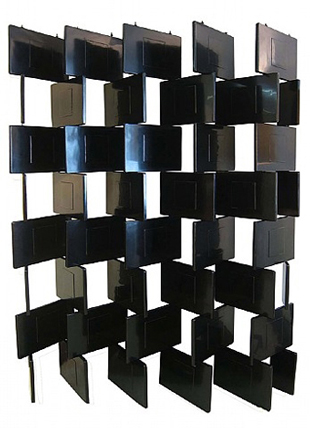Lacquer
Gray came across a lacquer repair shop in Soho where she asked the shop owner, Mr. D. Charles, whether he could show her the fundamentals of lacquer work, as it had taken her fancy. The owner had many contacts from the lacquer industry and when Gray moved back to Paris in 1906 to an apartment where she remained for much of her working life, she met one of them: Seizo Sugawara (or Sugawara-san). He originated from an area of Japan that was known for its decorative lacquer work and had emigrated to Paris to repair the lacquer work exhibited in the Exposition Universelle. She found after working with Sugawara for four years that she had developed the lacquer disease on her hands, but she persisted in her work and it was not until she was thirty-five that she exhibited any. When she did, however, it was a success.
In 1914, when World War I broke out, Gray moved back to London, taking Sugawara with her. At the end of the war, they returned to Paris and Gray was given the job of decorating an apartment in the rue de Lota. She designed most of its furniture, carpets and lamps, and installed lacquered panels on the walls. The result was favorably reviewed by several art critics who saw it as innovative. Given a boost from the success of the apartment, Gray opened up a small shop in Paris, Jean Desert, to exhibit and sell her work and that of her artist friends.

